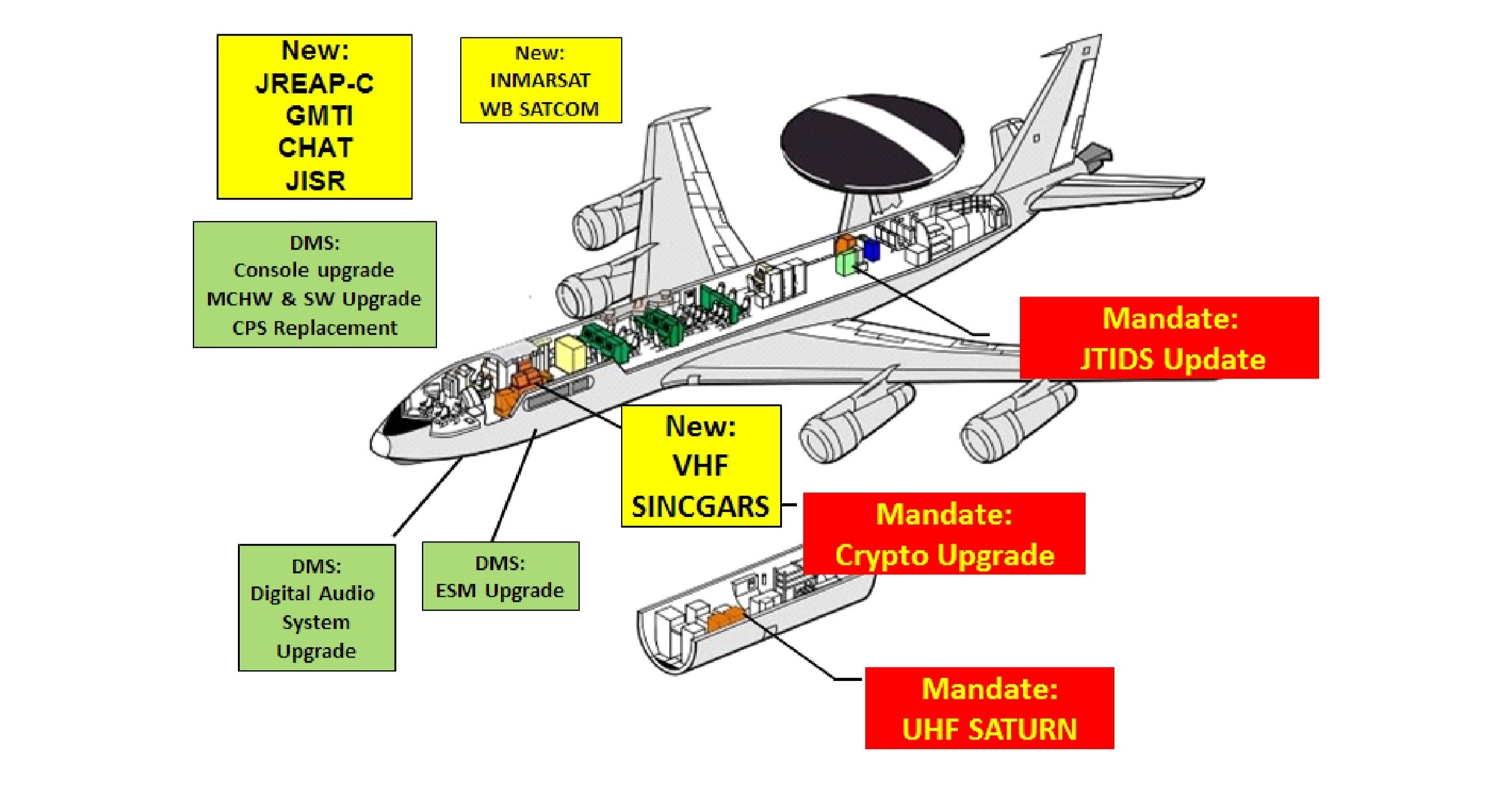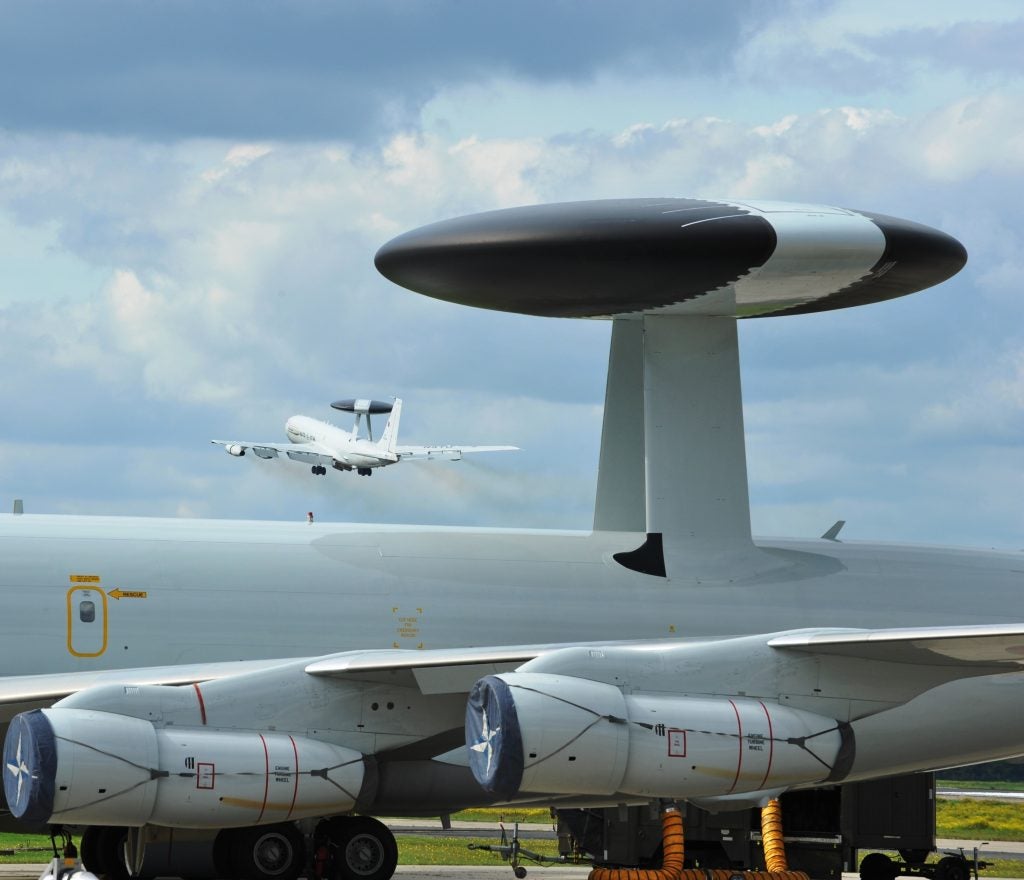NATO Seeks Industry Input for a Successor to its E-3A Sentry AWACS
The NATO Support and Procurement Agency (NSPA) has awarded contracts to conduct Risk Reduction and Feasibility Studies (RRFS) for the Alliance Future Surveillance and Control (AFSC) initiative. The awardees will carry out technical concept studies for the replacement of the Alliance’s inventory of aging NE-3A Sentry aircraft.
The contracts were awarded to two major teams, one of which is the ABILITI Consortium composed of Boeing, Indra, Leonardo, Inmarsat, Thales, ESG, Lufthansa Technik, and Mott MacDonald. The other team is the ASPAARO team which is composed of Airbus, Northrop Grumman, BAE Systems, MDA Systems, Lockheed Martin, Kongsberg Defence and Aerospace, GMV Aerospace, Exence S.A., and IBM. General Atomics was the third awardee. While General Atomics isn’t part of a team or consortium, it will be engaging subcontractors such as ViaSat, Leidos, Raytheon, Rohde & Schwarz, Saab Sensis, Sener Aerospatiale, and Leonardo.
The contracts for the feasibility studies were long-awaited as the U.S. Air Force, the main operator of the E-3 Sentry, recently awarded a similar feasibility study contract to Boeing on possible adoption of the E-7 Wedgetail as an interim replacement of the E-3. NSPA awarded 15.5 million euros to each contractor to “develop and detail a realistic Technical Concept and analyse its feasibility and risks for implementation,” according to the NSPA press release. “Study deliverables include technical architectures, system specifications, life cost estimates and intellectual property rights analysis.”
The E-3 Sentry
The E-3 Sentry is the mainstay Airborne, Warning and Control System (AWACS) of the U.S. Air Force and NATO Air Forces. As the acronym implies, the role of the E-3 is to act as an airborne command, control, and communications (C3) node for fighter aircraft. In order to function as an airborne C3 node, the E-3 has an extensive set of antennas and onboard control stations that allow crews to carry out these duties. The distinctive dome mounted atop the aircraft’s fuselage is a common feature on most AWACS aircraft, this dome houses a radar that allows the detection of low or high flying enemy fighter aircraft at extremely long ranges. The E-3’s radar dome houses either the APY-1 or the APY-2 radar, with both radars allowing it to track air and naval targets at ranges of more than 200 miles in various radar modes. Alongside its long-range radar, another major system on AWACS aircraft is an Identification Friend and Foe (IFF) transponder, this system aids in the classification of targets detected by the radar into either friendly or hostile aircraft.
NATO Adoption and Usage
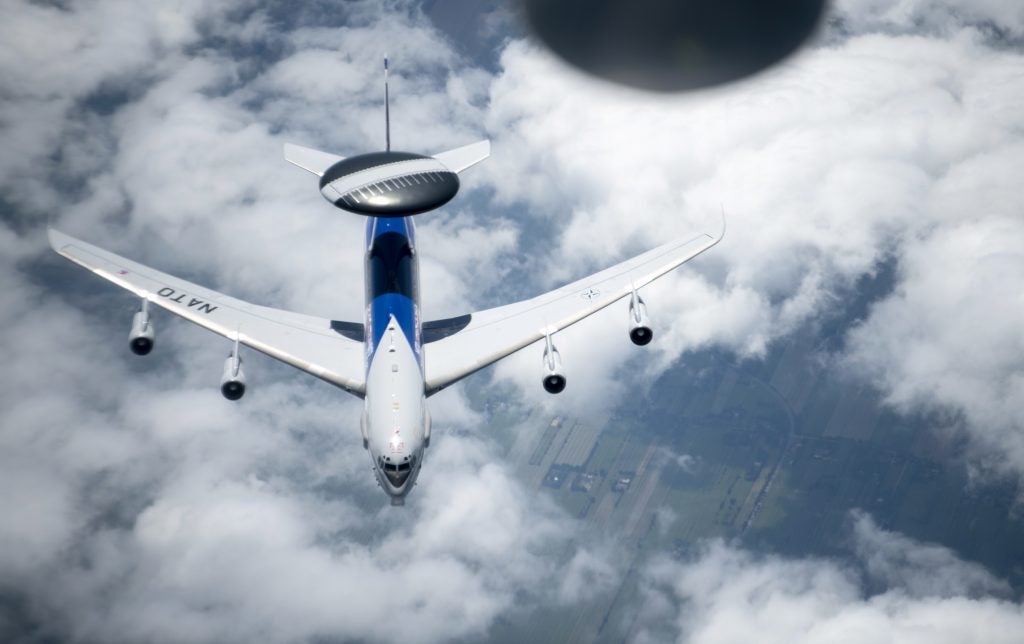
Following several studies conducted in the 1970s at the request of NATO commanders, it became evident that the Alliance’s air defense capabilities could greatly benefit from the introduction of an Airborne Early Warning (AEW) aircraft. In 1978, the NATO Defence Planning Committee signed a memorandum to acquire 18 E-3As which would be jointly operated by NATO nations. Following the acquisition decision by the Defence Planning Committee, the NATO Airborne Early Warning Force (NAEWF) Command was established, with the new command being co-located with the Supreme Headquarters Allied Powers Europe (SHAPE) in Belgium.
The first E-3A delivery for NATO took place in 1982 at NATO Air Base Geilenkirchen in Germany, with the component being declared active and beginning flight operations in the same year. The delivery period of the 18 aircraft lasted from 1982 to 1985, but the component would be declared fully operational three years later in 1988 following the delivery of the last three trainer aircraft.
Throughout the Cold War, NATO’s E-3 aircraft were instrumental to the defense of the Alliance, as they carried out regular surveillance missions over NATO airspace. Following the end of the Cold War, the aircraft carried out observation missions in several major operations during the Yugoslav wars, starting with Operation Sky Monitor, Operation Deny Flight, Operation Deadeye, Operation Deliberate Force, and Operation Allied Force.
NE-3A Upgrades
Since its adoption by NATO in 1982, the Alliance’s NE-3A aircraft have undergone several modernization programs to keep the E-3’s internals and externals up to date, these modernization programs are managed by the NATO AWACS Program Management Organisation (NAPMO).
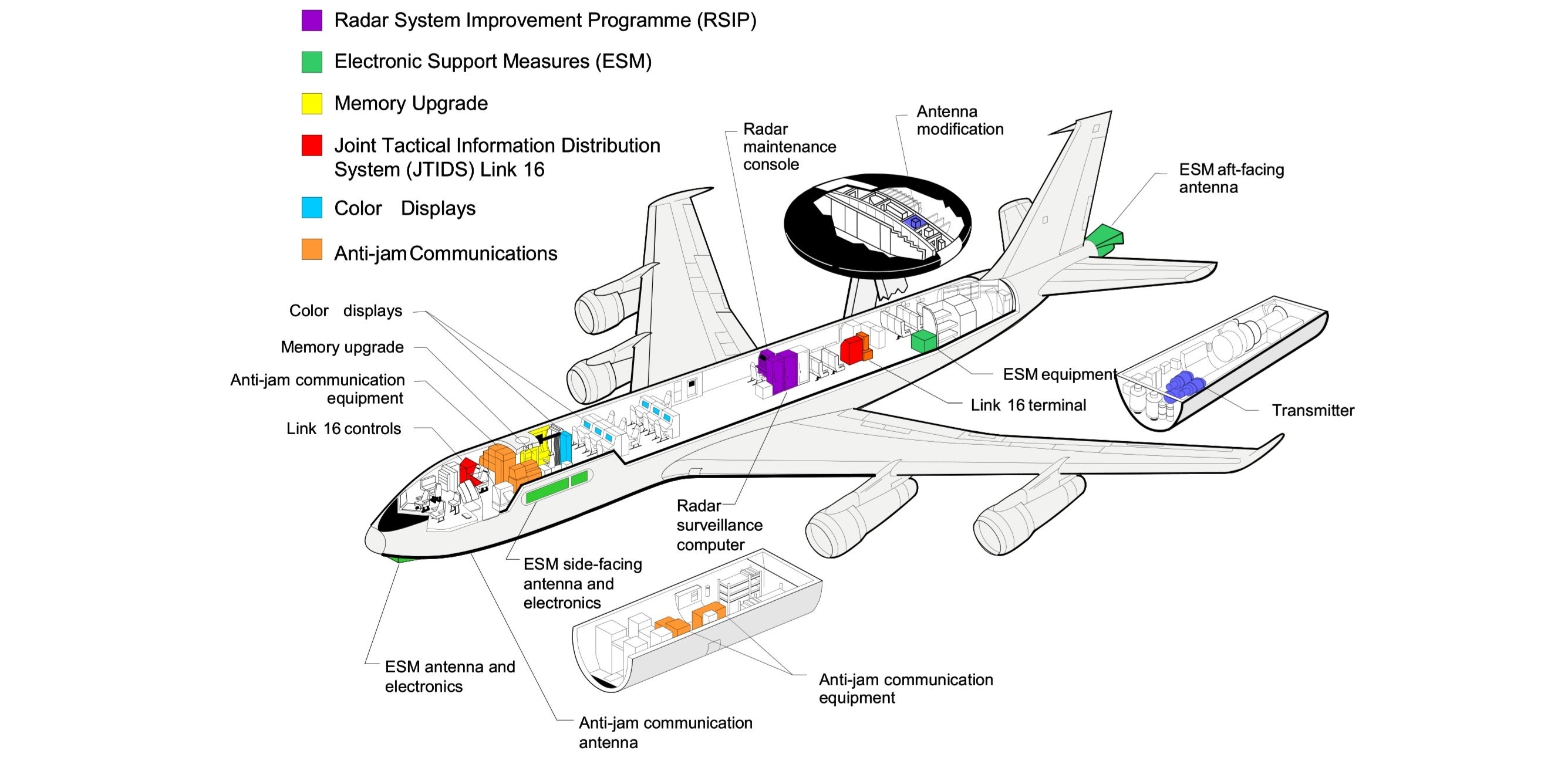
The first of these was the Near-Term Programme which lasted from 1990 to 2000, this program involved enhancements to the communications, surveillance, and computer capabilities of the NE-3A aircraft in order to stay interoperable with French, British, and U.S.-operated E-3s.
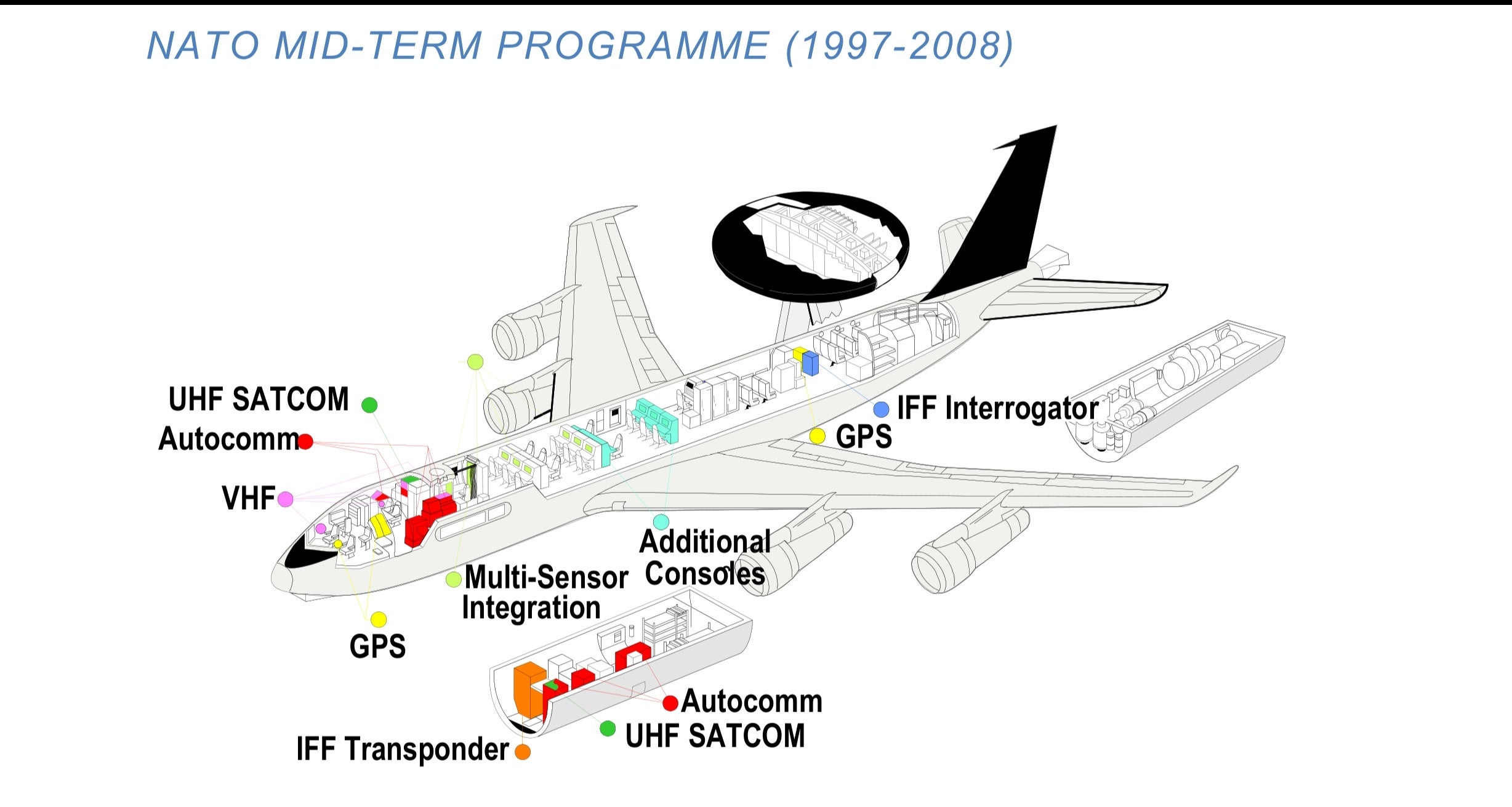
The Mid-term Programme, which was the second upgrade program, was initiated in 1997 and concluded in 2010. It involved enhancements to the aircraft’s human-machine interface, added mission computing system capable of multi-sensor integration, automated digital communication switching, added five additional display consoles, and improvements to the navigation system. The wide-spectrum VHF radios and UHF satellite communications were also upgraded and new Identification Friend or Foe transponders and interrogators were added.
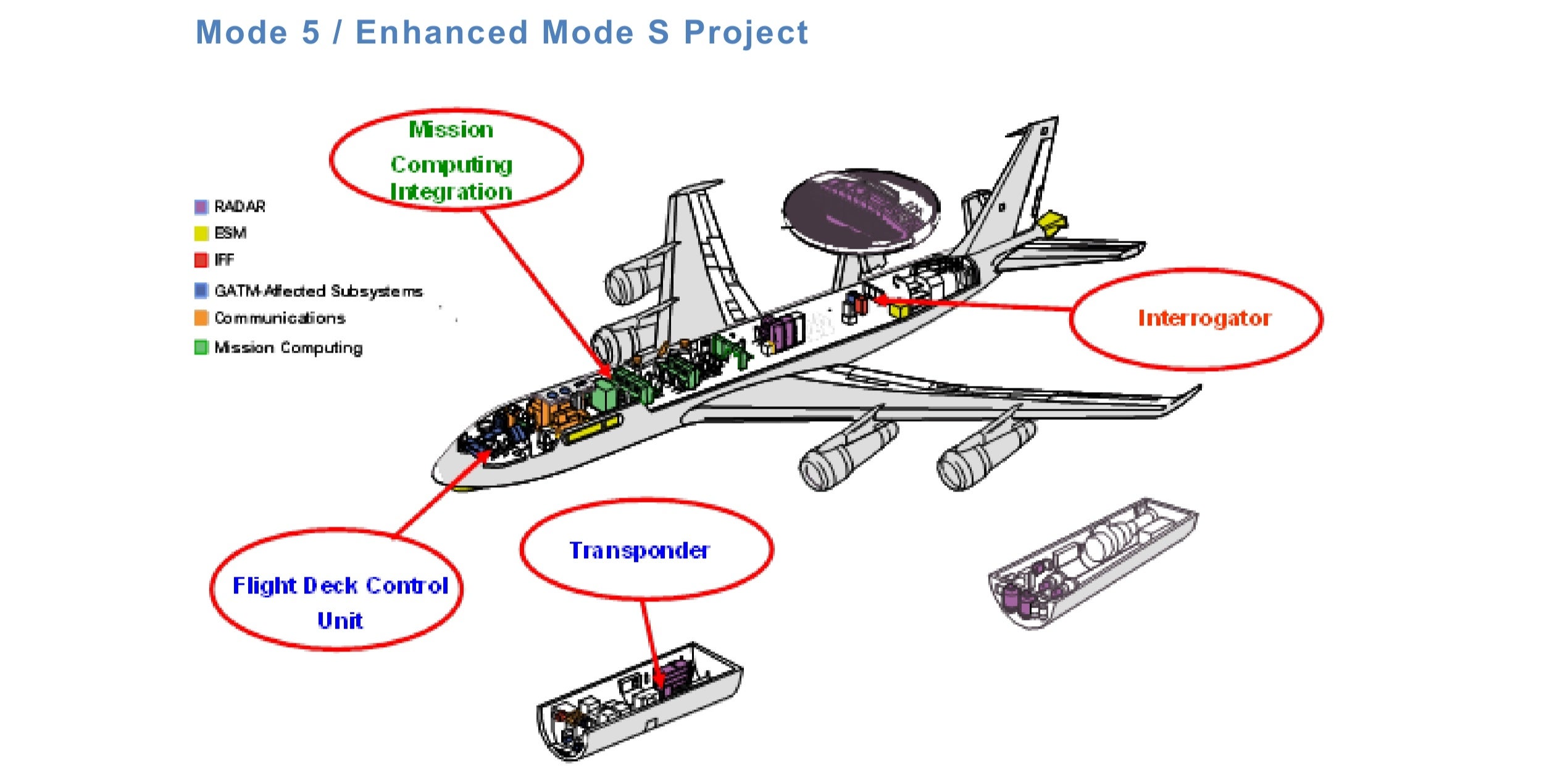
The Follow-On Upgrade Programme (FUP) began in 2010, the program focused on upgrading the NE-3A to comply with newer civilian Air Traffic Control (ATC) and Management (ATM) regulations, it also upgraded the aircraft’s surveillance, navigation, communication, and human-machine interfaces. The aircraft’s IFF transponders were upgraded from NATO Mode 4 standard to Mode 5 and Mode-S transponders were adopted to conduct operations in Mode-S airspace, a new weather radar was added and other changes were made.
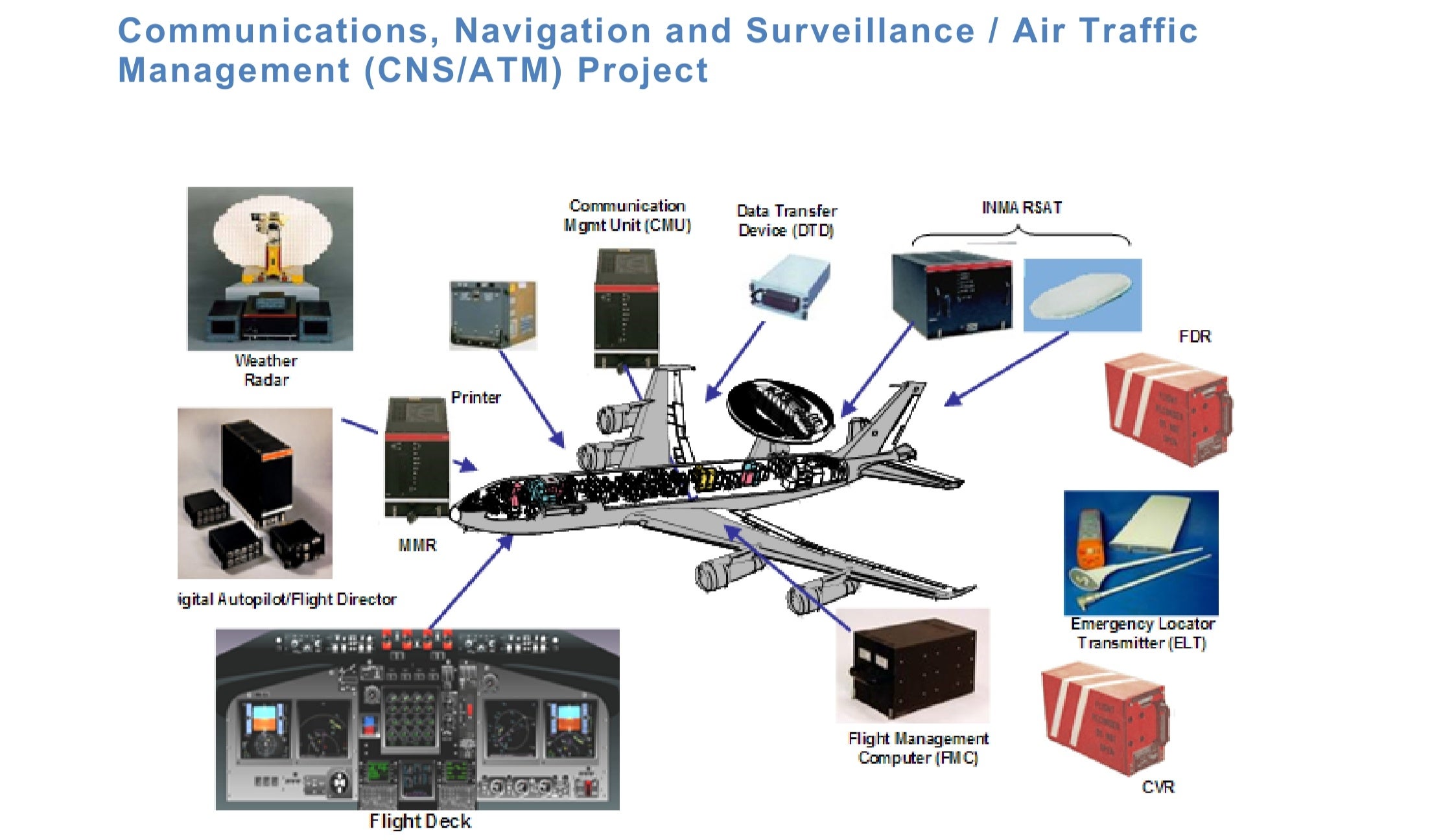
The Final Lifetime Extension Programme (FLEP), as the name implies, will be the final upgrade of the NE-3A aircraft. The program will last from 2019 to 2026 and ensure the operations of the current inventory of NE-3A aircraft extend to 2035. Some of the changes associated with the program include the addition of a new Multi-Sensor Integration Computer Program (MSICP) made by Airbus. The new MSICP will improve on the older multi-sensor integration computer by “handling inputs from Electronic Support Measures (ESM), Automatic Identification System (AIS), Joint Range Extension Application Protocol (JREAP-C), and Ground Moving Target Indicator (GMTI) information imported from other ground surveillance platforms like NATO Alliance Ground Surveillance (AGS) aircraft.” Boeing, Airbus, Kongsberg Defense and Aerospace, Indra and Leonardo are some of the contractors associated with the FLEP.
